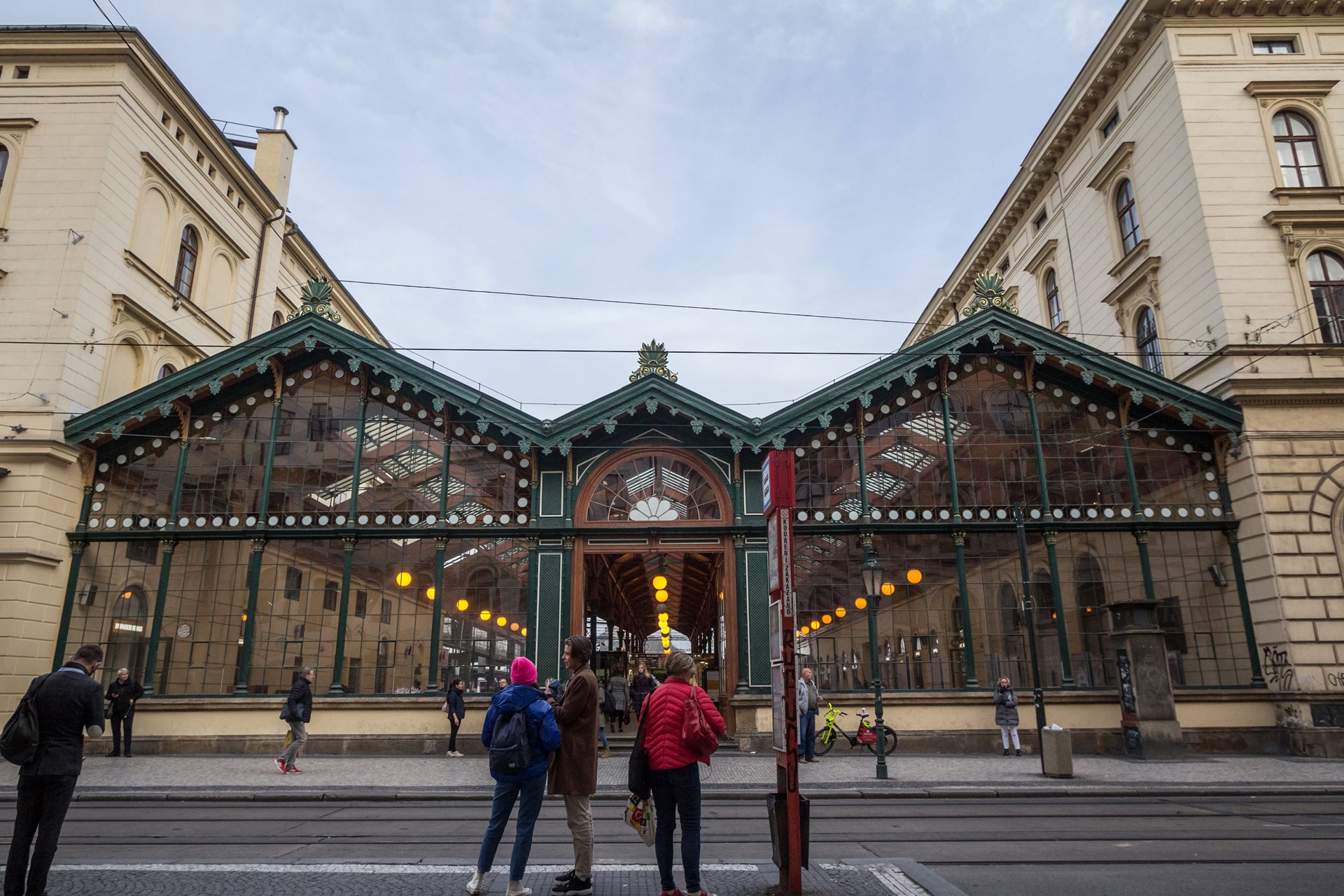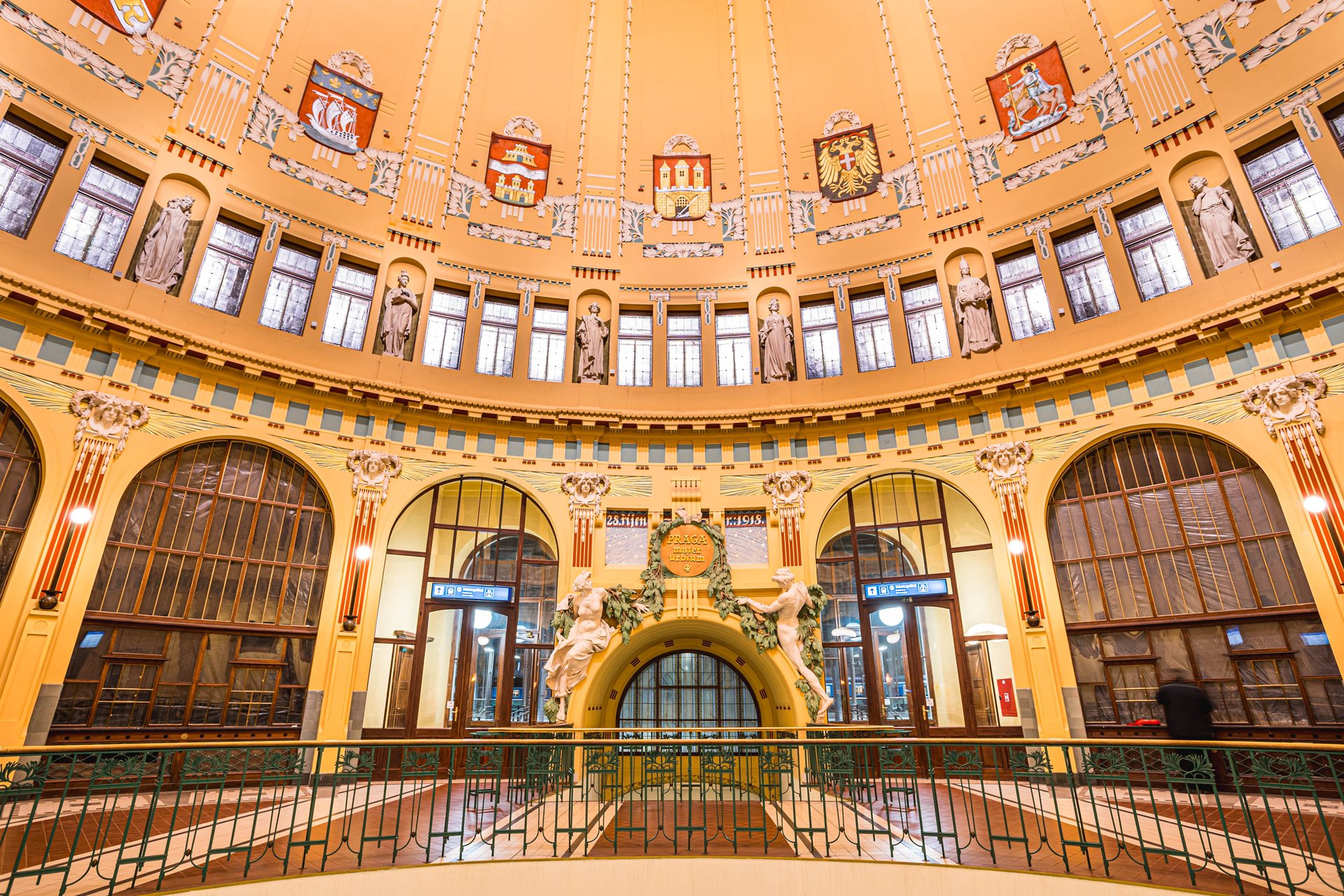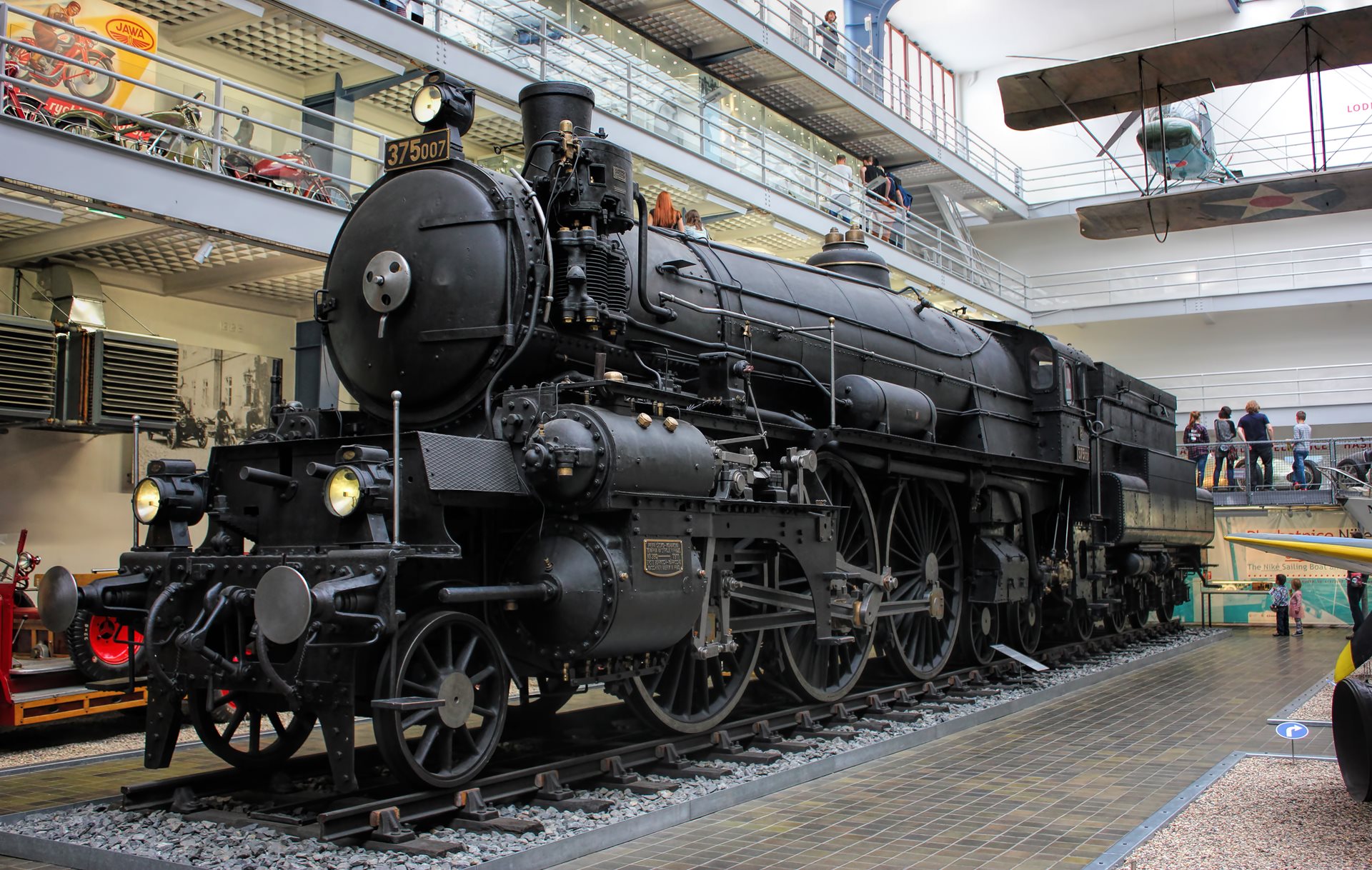The Czech Republic is a medium-sized European country. It is not very large, but neither is it one of the smallest. However, it holds a unique record. The scope of the railway network and its density is one of the largest in Europe comprising almost 10,000 km of railway tracks within the 79,000 km2 country! You can get almost anywhere by train. Let us explore the history of the Czech railway, as well as several interesting things you can see along the Czech railway tracks.
From horse-drawn carriages to steam engines
The Czech lands can take pride in one primacy in this area. The track between the south Bohemian České Budějovice and Linz in Austria, when there were no borders between the two countries, was the first railway on the European continent. Its operation was launched in 1828. Railway transportation began to develop soon after and the first steam trains arrived onto the tracks in today’s Czech Republic in 1839. The Emperor Ferdinand Northern Railway, the name of the newly constructed connection, opened the first track section from Vienna to Břeclav on 6 June 1839. In 1841, the track from Břeclav to Přerov and then to Olomouc was opened, and the railway connected to the international network.And what about Prague? The first train arrived at the brand-new Prague railway station on 20 August 1845 through the newly built passage in the Prague walls. It is now called Prague-Masaryk Station, and even though more than 170 years have passed since the arrival of the first train in Prague, its buildings have witnessed, almost unscathed, the transformations of the railway from an epoch-making technical novelty to the means of everyday transportation.

End of the steam era
If we do not consider the nostalgic trains, events and summer rides for enthusiasts and children, the steam operation in today’s Czech Republic ended in 1981. However, at that time, the south Bohemian railway from Tábor to Bechyně, the first purely electric track in today’s Czech Republic, already existed for eighty years. It was opened in June 1903.
Narrow-gauge railway – a tip for a trip
Not all railways were built to meet the standards. As a result, you can find several narrow-gauge railway tracks in the Czech Republic. You can take a ride in a steam engine and experience the train as the previous generations remembered it, mostly in the summer. It is a brand-new experience for some, or a return to childhood for others. And where to go? One of the longest narrow-gauge tracks is near Jindřichův Hradec in south Bohemia. The train track is tens of kilometres long! Small and picturesque train stations and stops are hidden from civilisation, usually somewhere in a wood or grove, and highlight the romance of the journey. One of the most beautiful stations is the forest stop in Kaproun. The stops are starting points of a dense network of hiking and cycling trails connected to other interesting places in the countryside. Some train stations also offer accommodation, and it is possible to transport bikes on the train.
Interesting facts about the Czech railway
The railway has many fans in the Czech Republic, who call themselves šotouši (trainspotters). They are organised in clubs and they love all information about trains and everything that concerns the railway. For example, they like to take photographs of various interesting things. And there is an abundance of such things! The railway in the Czech Republic overcomes the terrain using more than 160 tunnels and 7,000 bridges. The longest Czech bridge can be found in Prague. It is called Negrelli’s Viaduct and it leads from the aforesaid Masaryk station through the housing development and across the Vltava River. It is almost 1,100 metres long. The highest railway station is Kubova Huť (995 m) in Šumava. The track leaves from Strakonice, which is easily accessible by train from Prague. The track from Strakonice to Kubova Huť and Volary is immensely popular and it is frequently used as a scenic ride. You will not find panoramic trains like in Switzerland, but you can buy a ticket and enjoy the slow ride through the undulating Šumava countryside.
Where to see beautiful stations
The railway was built and developed from the mid-19th century to the mid-20th century. Therefore, almost all railway stations are historical and are currently being reconstructed or modified to meet the travel needs of the 21st century. The main station in Moravian Brno has recently gone through quite a successful reconstruction. It is one of the oldest train stations in the Czech Republic and its current look dates back to 1905. Today, it shines with a new-found cleanliness. The development of the Prague main railway station has also been interesting. Today’s building, dating back to 1909, is early Art Nouveau, but an underground hall was added to increase the capacity in the 1970s. The combination of old Art Nouveau and the modern Brutalism is interesting, and you can still see the Brutalism tiling and the reconditioned period lights today, and the platforms sit below a roof made of riveted steel brackets, which have just recently been cleaned from the sediment created by steam engines.
Museums for railway fans
The Czech Railways Museum in Lužná near Rakovník in central Bohemia is the largest Czech railway museum. There is a narrow-gauge train track on the premises, with a spacing of 800 mm, where visitors can take a ride. You will find both shiny steam engines there, from the oldest to the most modern ones, numerous passenger and freight carriages, and various objects from the history of railways including signalling and security technology, special tools that are no longer used, train models, and railway workshops where old exhibits are repaired and renovated. But if you are only planning to stay in Prague, do not despair. You have the opportunity to see the lounge car of Emperor Franz Joseph I, or two steam engines in the National Technical Museum at Letná.










-(1).jpg?width=1920&height=1204&ext=.jpg)